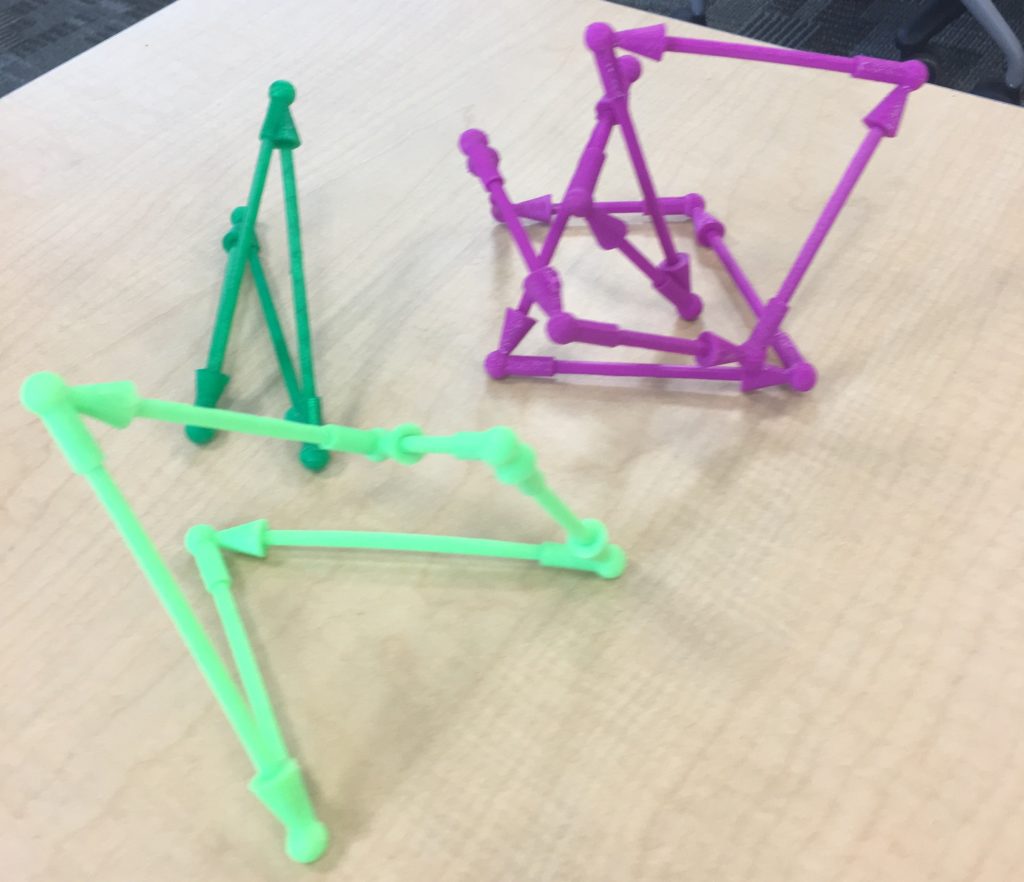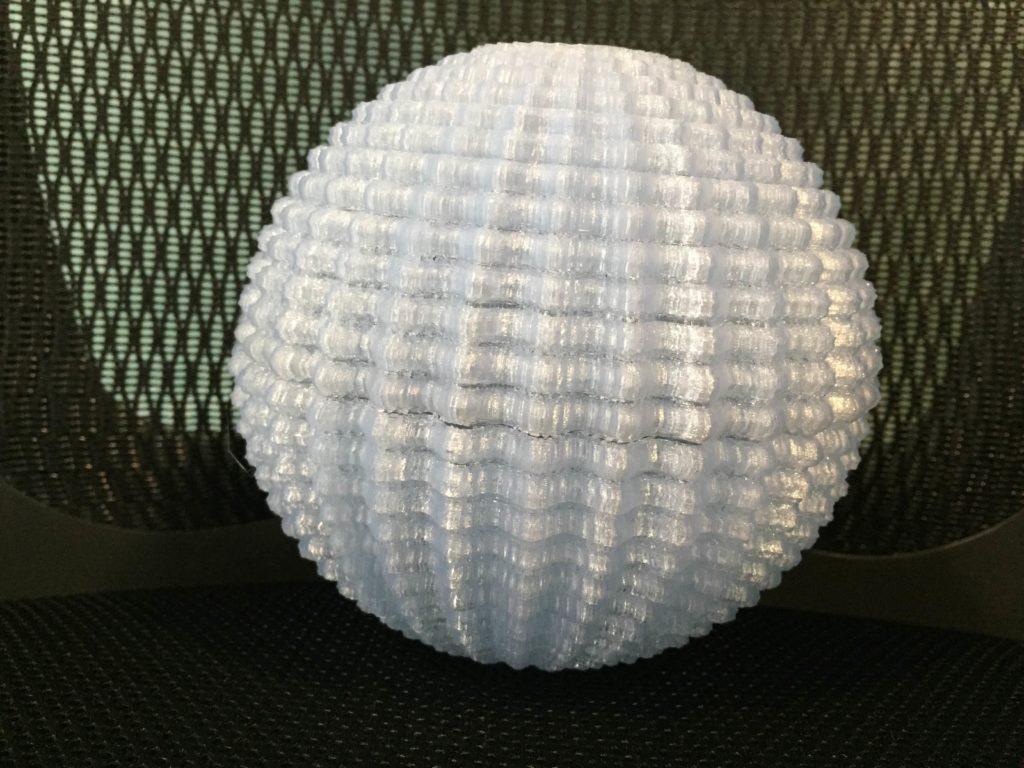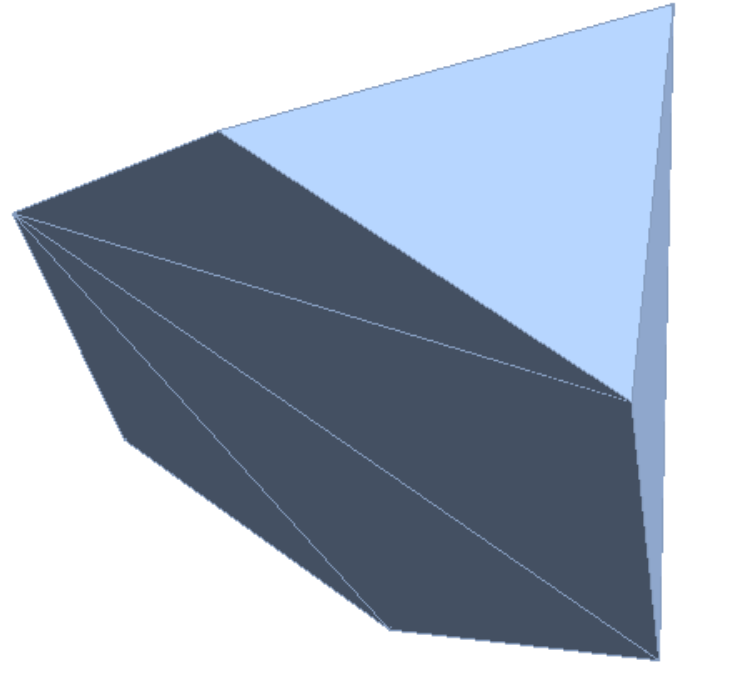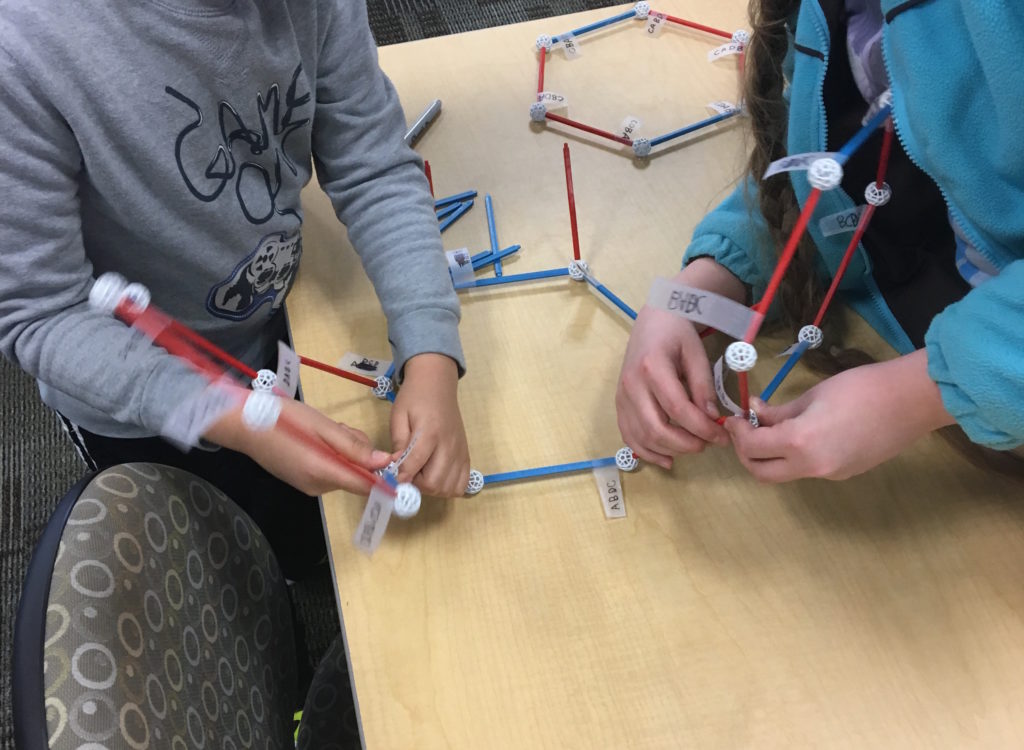During Spring 2017 MEGL ran a program with 16 participants. There were three research groups (Orbits, Special Words, Polytopes), two visualization groups (Geometric Surfaces, Virtual Reality), and one public outreach group (Outreach). The research and visualization groups engaged in experimental exploration involving faculty, graduate students, and undergraduates. Teams met weekly to conduct experiments generating data, to make conjectures from data, and to work on theory resulting from conjectures. The outreach group involved faculty, graduate students, and undergraduates to develop and implement activities for elementary middle and high school students that were presented at local schools and public libraries. We concluded with final reports from all teams and an end of term symposium.


















